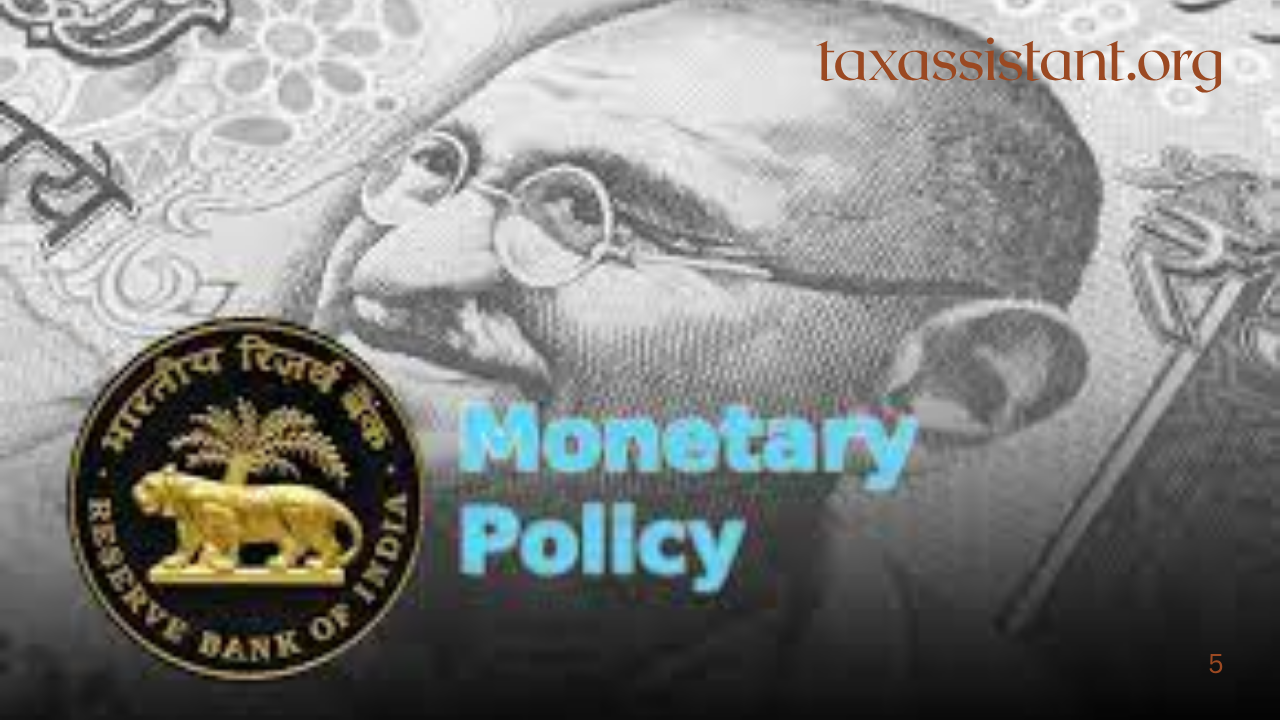The Reserve Bank of India (RBI) recently made significant shifts in its monetary policy, cutting the repo rate by 50 basis points to 5.5% and reducing the Cash Reserve Ratio (CRR) by 100 basis points to 3%. This move, exceeding market expectations, is set to have a varied impact on the Net Interest Margins (NIMs) of banks and NBFCs, with an anticipated improvement in the latter half of FY26.
Impact on Net Interest Margins (NIMs)
The initial impact of these changes on NIMs is expected to be mixed:
- First Half of FY26: The substantial 100 basis point cut in the repo rate will likely pressure banks’ NIMs. Analysts estimate a 20-40 basis point reduction in NIMs, depending on individual banks’ loan and funding structures. This impact could be more pronounced for banks with a higher proportion of floating-rate loans, including major private sector banks.
- Second Half of FY26: The phased reduction in CRR is expected to inject ₹2.5 lakh crore of additional liquidity into the banking system. This will act as a cushion, partially offsetting the negative effects of the repo rate cuts. This move is projected to contribute a 7-8 basis point positive impact on NIMs, mitigating roughly 20-30% of the initial adverse effect.
- NBFCs and Mid-sized Banks: These entities, particularly those with a larger share of fixed-rate loans, might experience a favorable impact on NIMs. However, this is contingent on the trajectory of yields and the competitive pressures within the secured loan segments.
RBI’s Stance and Market Outlook
The RBI has shifted its monetary policy stance to ‘Neutral,’ indicating that the central bank has likely front-loaded its rate cuts and there’s limited scope for further reductions. This shift suggests that while banks may face accelerated margin contraction in the first half of FY26, the combined effect of CRR cuts and potential adjustments in deposit rates should moderate this in the second half.
Additionally, the policy changes are expected to positively influence overall systemic credit growth, particularly in housing loans. Small and Mid-sized (SMID) Private Sector Banks are anticipated to outperform in this environment.
Top Picks in the Financial Sector
Following these policy announcements, financial services firms like JM Financial and Emkay Global have highlighted several key players in the banking and NBFC sectors that they believe are well-positioned for the upcoming period.
JM Financial’s Top Picks:
- Banking Sector: Axis Bank, ICICI Bank, State Bank of India, DCB Bank
- NBFC & Housing Finance Sector: Shriram Finance, AB Capital, Bajaj Finance, LIC Housing Finance, Aadhar Housing Finance, Five Star Business Finance
Emkay Global’s Preferred Picks:
- Banking Sector: ICICI Bank, HDFC Bank, RBL Bank, Ujjivan Small Finance Bank, State Bank of India, Indian Bank
- Under-Coverage NBFCs: SBI Cards, CreditAccess Grameen
These policy changes mark a significant moment for the Indian financial sector, promising a dynamic landscape for banks and NBFCs in the coming fiscal year.
Do you have any specific banks or NBFCs in mind that you’d like to know more about in light of these changes?
